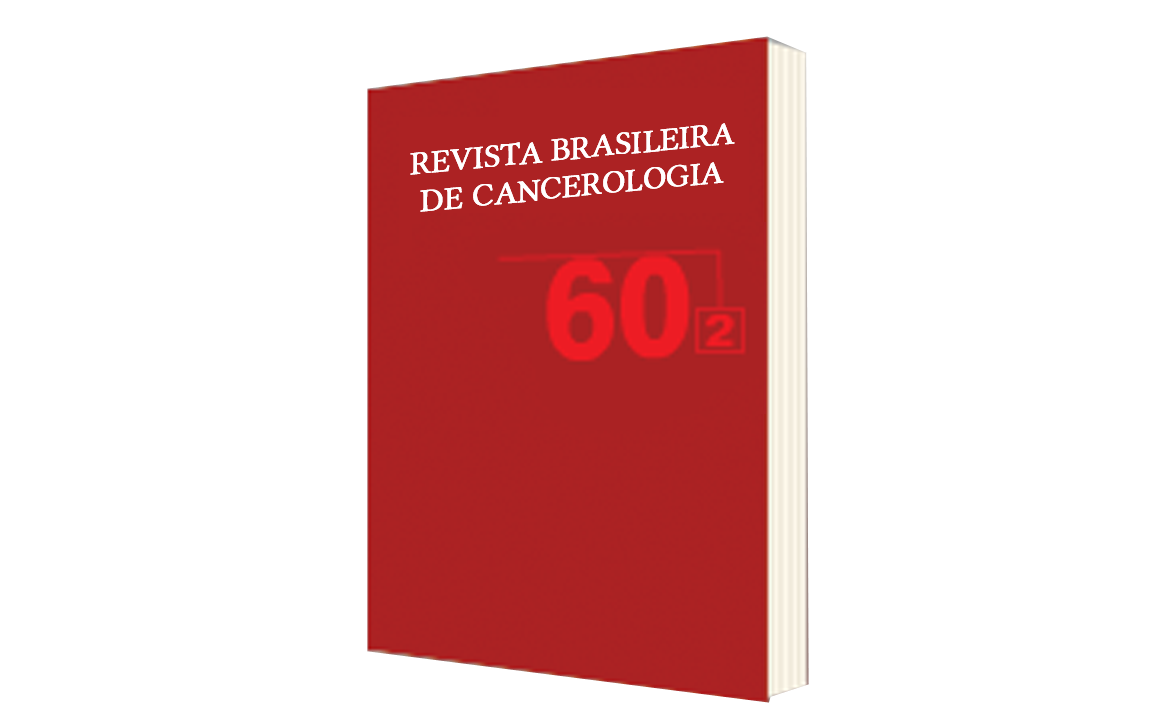Prevalence of Cervical Cellular Atypia in Indigenous Women from Nothern Amazonian Region – Brazil
DOI:
https://doi.org/10.32635/2176-9745.RBC.2014v60n2.473Keywords:
Health Services, Indigenous, Indians, South American, Uterine Cervical Neoplasms, Local Health Systems, Ethnic Groups, Minority HealthAbstract
Introduction: Despite the indigenous health being recognized as priority by health organizations, studies on the prevalence of premalignant and malignant cervical lesions in native populations of Brazil are scarce. In Roraima – Brazil, more than 15% of the population is constituted by indigenous people, but their risk of cervical cancer is unknown. Objective: To evaluate the prevalence of premalignant or malignant cervical cytological lesions in indigenous women from Special Sanitary Yanomami and Eastern District, in the northern Brazilian Amazonian region. Method: A descriptive study and medical records and pathological examinations of indigenous women review that underwent cytopathological screening in the House of Indigenous Health – RR, between 2004 and 2012. The study was approved by National Commission on Ethics in Research (CONEP). Results: 2,701 indigenous were included, 74% from Eastern Special Sanitary District (ethnic groups Makushi and Wapichana) and 26% from Yanomami Special Sanitary District. The prevalence of LSIL was 3.0%, HSIL 4.6% and 1.1% of invasive cancer. In the Yanomami group, there was a higher prevalence of the status of never been screened before (77.9% vs 55.0%) and a higher prevalence of a cytology suggestive of cancer (2.0% vs 0.8%), statistically significant. Conclusion: This study draws attention to the high prevalence of premalignant and malignant cervical lesions in indigenous Yanomami (more geographically and culturally isolated) when compared to the indigenous from Eastern Special Sanitary District. Prospective studies evaluating the epidemiological and biological determinants of human papillomavirus (HPV) infection are needed for better understanding of this susceptibility.









